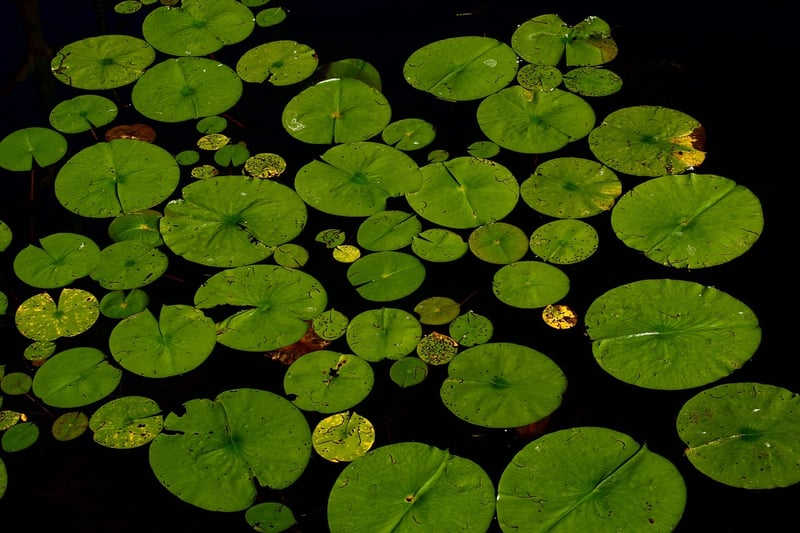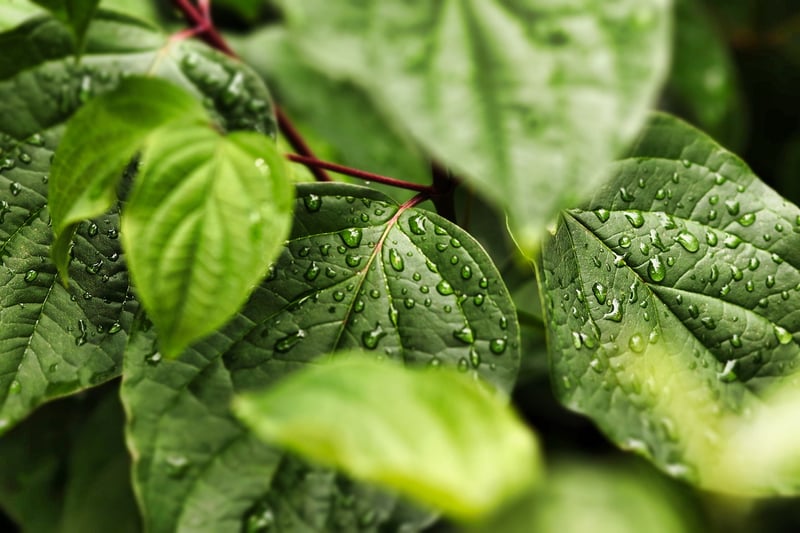Water Plants
Exploring Elemental Ties: Water Plants
Water plants are a fascinating aspect of the natural world, representing the connection between flora and the element of water. These aquatic plants have evolved unique adaptations to thrive in wet environments, adding beauty and functionality to various ecosystems.
Types of Water Plants
There is a wide variety of water plants, each with its own characteristics and benefits. Some common types include:
- Water Lilies: Known for their vibrant flowers that float on the water's surface.
- Lotus: Sacred in many cultures, these plants have large, distinct leaves and colorful blooms.
- Cattails: Tall, slender plants often found at the edges of ponds and lakes.
- Water Hyacinth: Fast-growing plants with beautiful purple flowers.
Benefits of Water Plants
Water plants play a crucial role in aquatic ecosystems. Some of their benefits include:
- Water Filtration: Many water plants help filter out impurities and maintain water quality.
- Habitat for Wildlife: Water plants provide shelter and food for various aquatic creatures.
- Oxygenation: Through photosynthesis, water plants release oxygen into the water, supporting aquatic life.
- Erosion Control: Plant roots help stabilize soil along water bodies, preventing erosion.
Challenges and Conservation
Despite their benefits, water plants face challenges such as invasive species, pollution, and habitat destruction. Conservation efforts aim to protect these essential plants and the ecosystems they support.
Explore and Appreciate
Next time you visit a pond, lake, or wetland, take a moment to observe the beauty of water plants. Their unique adaptations and vital role in the environment make them a fascinating subject to explore and appreciate.

Learn more about water plants and their significance in our ecosystem by visiting National Wildlife Federation.
